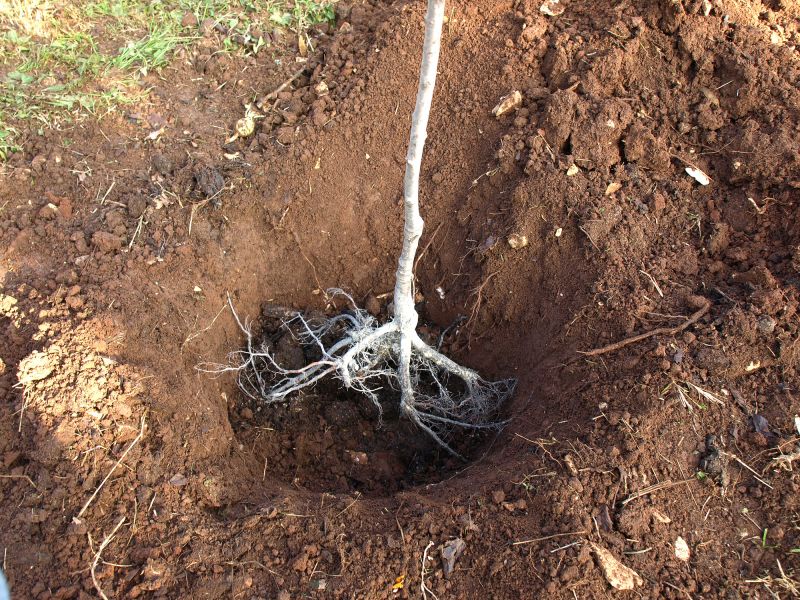Tree Root Cutting Techniques

Spring is often considered ideal for root cuttings due to active growth and higher moisture levels.

Fall allows for root establishment before winter dormancy, making it suitable for many deciduous trees.

Root cuttings during winter are less common but can be effective for certain hardy species if properly protected.

Timing varies based on species, with some favoring early spring and others late summer or fall.

Local climate influences optimal timing; cooler regions may prefer spring, warmer areas may opt for fall.

Consistent soil moisture during the chosen season promotes successful root propagation.
Tree root cuttings involve taking sections of roots from mature trees to propagate new plants. This method is commonly used for certain species such as willows, maples, and fruit trees. The process requires understanding the tree's growth cycle and selecting the appropriate season to maximize success. Root cuttings are typically performed when the tree is dormant or just beginning active growth, depending on the species.
Research indicates that timing can influence propagation success rates significantly. For example, root cuttings taken during early spring often benefit from increased moisture and active cellular processes, leading to higher rooting percentages. Conversely, late fall root cuttings can be effective for species that store energy in their roots over winter, enabling growth in the following season. Proper timing, combined with appropriate soil conditions, enhances the likelihood of successful propagation.
Choosing the right season depends on the tree species and local climate conditions.
Ensure roots are healthy and free from disease before taking cuttings.
Select thick, healthy roots that are at least pencil-thick for better success.
Typically, root segments are 4-6 inches long with several buds or nodes.

Healthy roots are essential for successful propagation.

Cut roots into segments with multiple buds for planting.

Insert root segments into moist soil at appropriate depth.

Maintain consistent moisture and temperature for optimal growth.

Regularly check rootings for signs of new growth.
| Season | Suitable Tree Types |
|---|---|
| Spring | Willows, Maples, Fruit Trees |
| Fall | Deciduous Trees, Fruit Trees |
| Winter | Hardy Species with Protection |
| Early Summer | Certain Hardy Shrubs |
| Late Summer | Some Evergreen Species |
| Dormant Period | Most Deciduous Trees |
| Active Growth Period | Less Ideal for Root Cuttings |
| Post-Harvest | Best for Root Storage and Preparation |
Timing for tree root cuttings is critical for propagation success. Spring and fall are generally preferred, aligning with the tree's natural dormancy and active growth phases. Properly timed root cuttings can significantly increase the likelihood of successful rooting, with success rates varying based on species and environmental conditions. Monitoring soil temperature and moisture levels during these periods enhances outcomes.
Interested individuals can contact for further guidance or to inquire about available root cuttings. Filling out the contact form provides an opportunity to receive detailed information tailored to specific tree species and local conditions.
